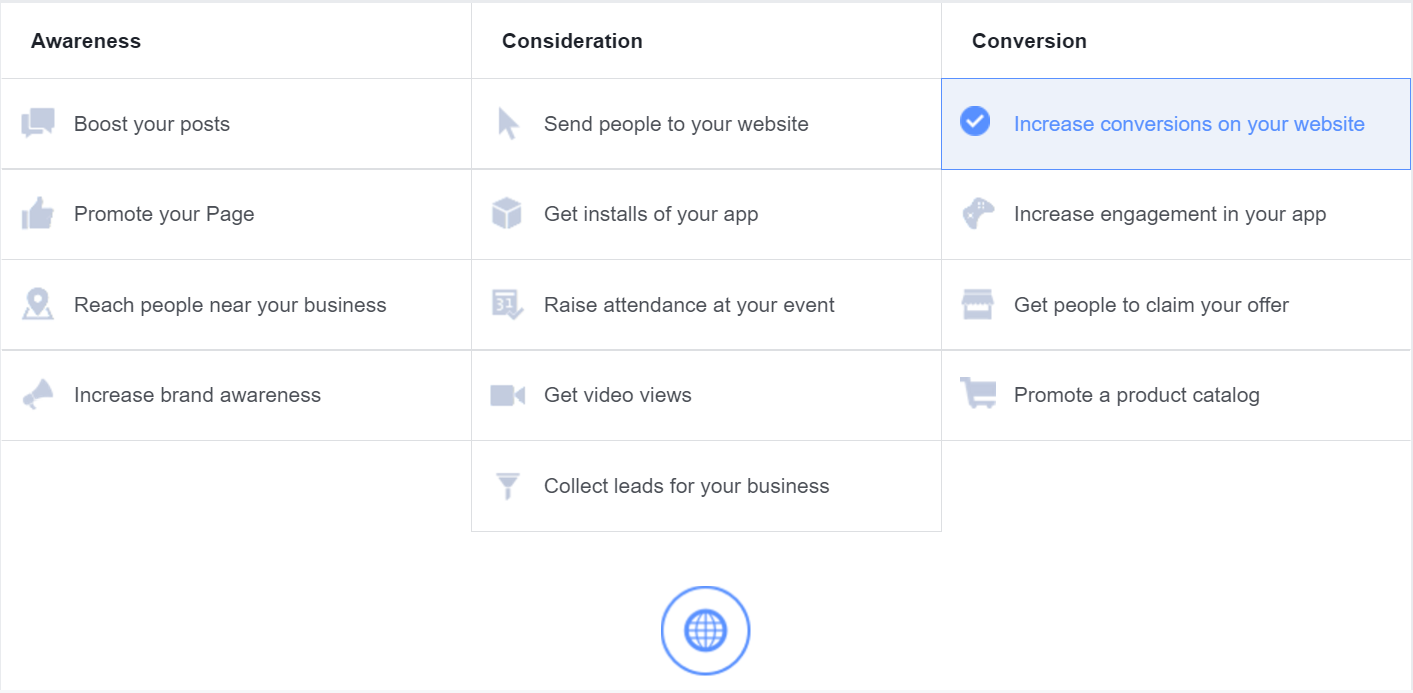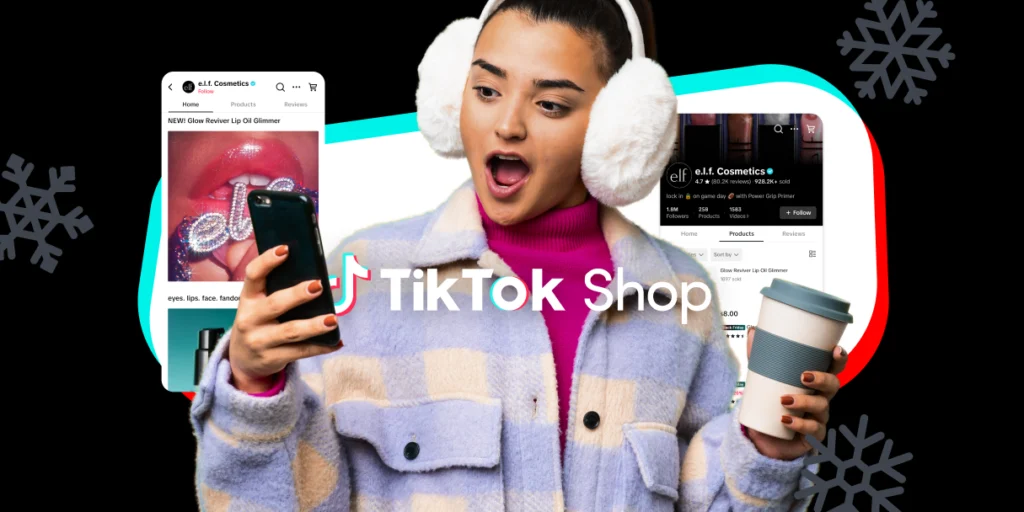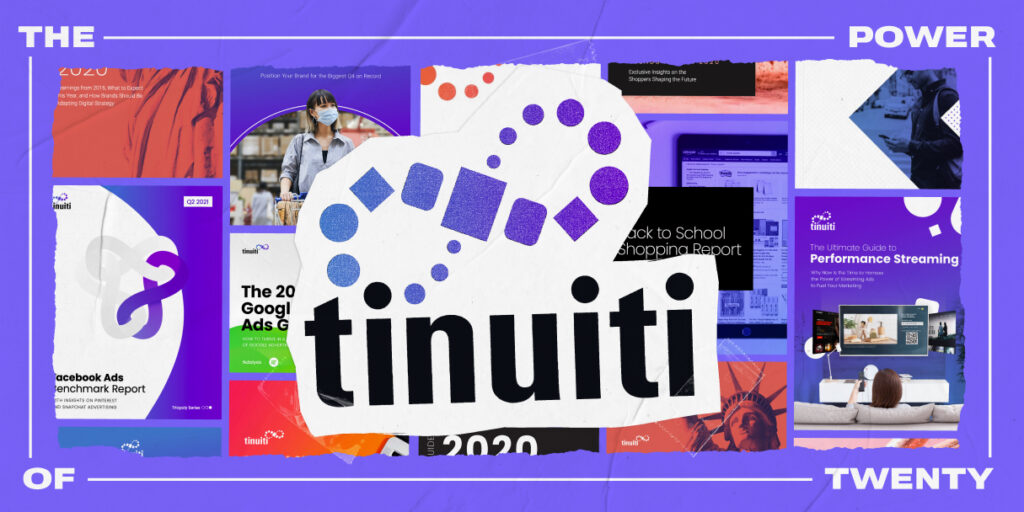Getting your Facebook ads ready for Q4? Put A/B testing at the top of your list.
A/B testing your Facebook ads can dramatically affect your ad performance. And doing it before the holidays means you’ll skip out on the headache of guessing whether something’s wrong with your ad copy or your audience when ads fail in mid-December.
We recently hosted a Facebook Summit where we broke down this concept of A/B testing on Facebook. Here’s what retailers should know.
How A/B Testing Helps Retailers Amplify Facebook ROI
Facebook is one of the few platforms where you can advertise with a full-funnel approach from awareness to conversion, and the ad options reflect this capability.
For a retailer seeking the highest return on ad spend, the “Increase conversions on your website” selection is invaluable:

This type of conversion is measured by the Facebook Pixel, which you should have embedded on your ecommerce site already. If you don’t, it’s time to get it up and running.
https://tinuiti.com/blog/2015/04/facebook-conversion-pixel/
How is A/B testing different for retailers than other advertisers on Facebook?
There are two big ways retailers differ from other advertisers on Facebook:
- Your optimization efforts will all be focused on one metric: click through rate (CTR).
- Your segmentation and targeting could make or break the success of your CTR.
Now, let’s get into how A/B Testing will help you nail the right ads and target the right audience to get that coveted leap in conversions.

Tips for Success When A/B Testing Facebook Ads
Split Desktop vs. Mobile
Mobile is huge for Facebook. To put it in perspective:
- There are 1 billion mobile users on Facebook every day (The Verge)
- 56.5% of Facebook users only log in on mobile (Venture Beat)
However, it’s important for retailers to know whether mobile is a converting channel or not–and this depends on several factors. Nii Ahene, COO at CPC Strategy, sheds light on the facts:
Generally speaking, the reason we want to break desktop campaigns [out] from mobile campaigns is so we can allocate spend evenly across the channels. Facebook has a ton of mobile traffic, and for better or for worse, it may not convert well for you, especially if your site is not super responsive.
If you’re not sure how much your mobile users convert, it’s a good time to test by splitting out desktop and mobile on your A/B test.
Start With Three Variations
As a retailer, it’s important to target the most valuable audiences with your tests. Meaning–not “top-of-the-funnel” consumers. That’s why we chose to segment our audience into those who viewed a product, but didn’t purchase, and cart abandoners.
To reach these audiences effectively, they must be recent. We chose to segment further into the number of days since these two actions (or inactions, rather) occurred:
- 1-3 days
- 4-15 days
- 16-30 days

Pro-Tip: Dynamic Retargeting ads are especially effective for cart abandoners.
https://tinuiti.com/blog/2016/01/dynamic-retargeting/
Use a Basic Naming Convention
Pay attention to the names you use for your ads, and keep them simple–i.e., variation A and Variation B–so you can easily pick out your ad data and measure success with Power Editor or Excel Pivot Table. (You’ll thank us later.)
Target Even More
We recommend that retailers segment out the following options to see the greatest return:
- Gender: Especially good for clothing retailers who sell gender-specific apparel and accessories.
- Age: Electronics retailers are likely to benefit from targeting Facebook users who are most likely to find their products engaging.
- Geographic Location: Outdoor and seasonal retailers can count on a geo segment to reach the right audience at the right part of the year.
Ad Espresso analyzed more than $3 million in Facebook Ads A/B tests and found that the following factors impacted ad performance most. (Notice three of these are some of our favorites for retailers.)
- Countries
- Precise Interests
- Mobile OS
- Age Ranges
- Genders
- Images
- Titles
Remember: Whatever targeting options you choose, your ad copy and creative should reflect these targeted segments.
3. Run Test
Next, we’ll run two versions of an ad against these 12 different audiences to find out which ad works the best.

Aim for 10,000 impressions per CTA variation in order to accurately judge what works best for your company, and keep an eye on the overall CTR for each to determine which CTA is the strongest.
4. Review Results and Keep Testing
Once you identify a winner, pause losing ad campaigns, and rerun the test against a new test cohort.
“It’s possible to see engagement and CTR on Facebook in the 5-10% range with great targeting and creative,” says Ahene. “And the higher the CTR/interaction rate, the lower the cost of traffic for your Dynamic Ad Campaigns.”
Armed with this new knowledge about the best ads for your target audience, you can march into the holiday season with the right tools to target your customers more effectively.
Relevant Blogs for You
You Might Be Interested In













